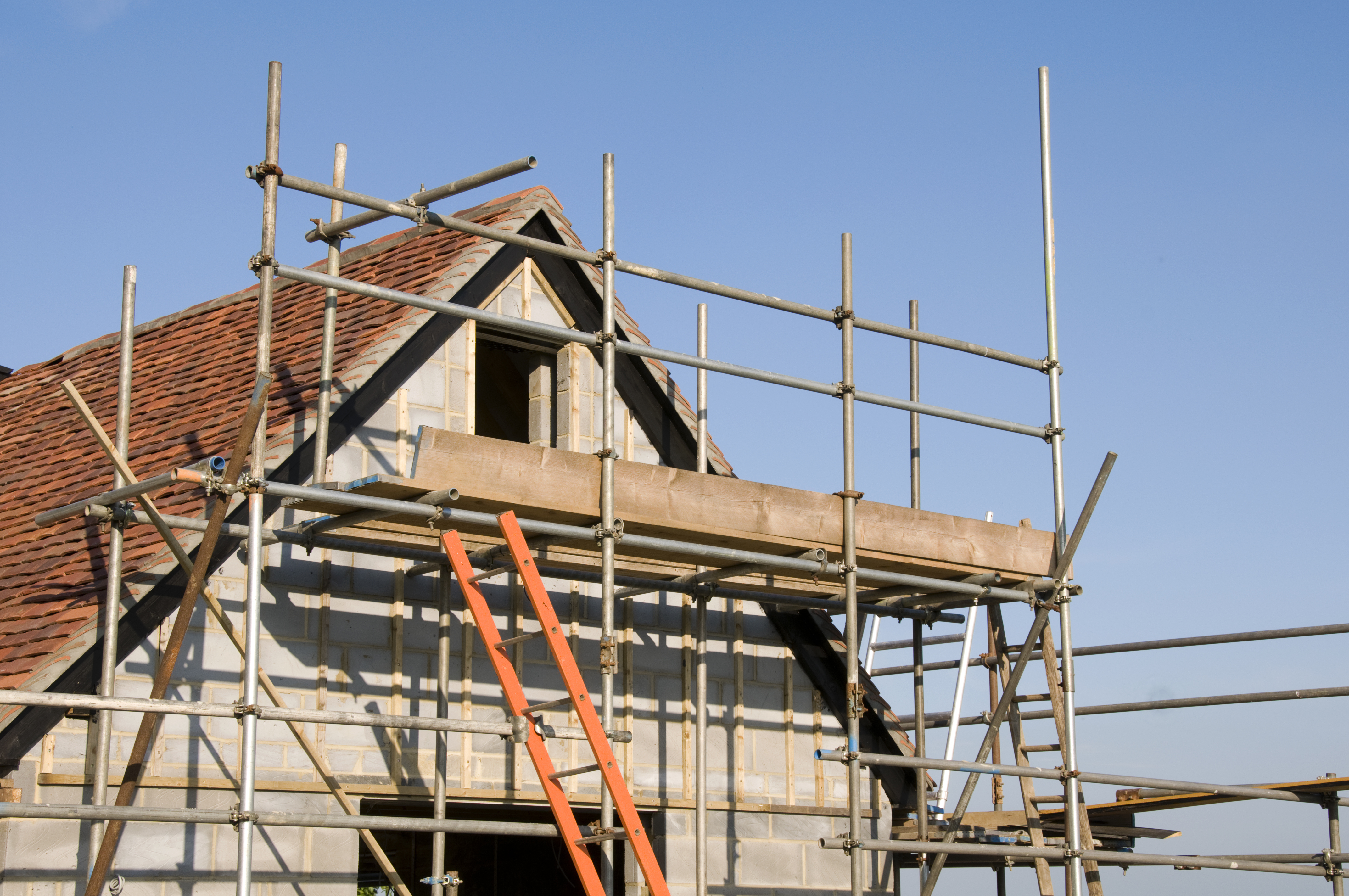Do you need a structural warranty? Discover the ins and outs with our guide
Navigating how to protect yourself after a self build, extension or renovation project is important — find out what you need to know about the difference between an architect certificate and structural warranties.
CONTENT SUPPLIED BY SELF-BUILD ZONE
Although self-builders and extenders are not required by law to organise cover of a home after a build project, UK mortgage lenders require guarantees and certification.
Structural warranties and architect certificates are the two most popular forms of cover, but homeowners should make the decision early on to acquire the correct one.
Find out how to properly insulate your build from a costly mistake with our guide below.

What is a structural warranty?
While we like to think everything in a self build or extension has gone to plan and has been enacted correctly, this is not always the case.
Just as you would use self-build insurance during a project, warranty protection will give peace of mind for years later. Structural warranty (an insurance backed policy) protects it for 10-12 years against defects in design, workmanship and materials and is transferable to new owners, should you come to sell the property.
Obtaining a structural warranty involves a technical audit inspection process whereby an inspector visits the site at various stages of progress to sign off the work. Then, if at the end of the process you find work that is cause for concern (such as structural negligence), the warranty allows an easy claims process.
Find out more about self-build warranties.

Will an architectural certificate provide the same cover?
An architectural certificate runs for a much shorter period of just six years. This certificate also only protects homeowners from defects in design, not workmanship or materials.
If a claim arises during the six years of protection, a homeowner must prove the architect negligent (where this is not required for structural warranties), which is potentially costly in terms of legal fees and time.
| Comparison | Structural warranty | Architect Certificate |
| Length of cover | 10 years | 6 years |
| Length approved | Yes | Some |
| Transferable to new owner | Yes | Yes |
| Defects covered | Design, workmanship and materials, newly constructed drainage, defects in chimneys and flues causing an imminent danger to health and safety of occupants | Design |
| Claims process | No negligence has to be proven before a claim is submitted | You need to prove negligence of the professional/architect |
| If provided, is no longer in business, does my cover stand? | Yes, if using an 'A'-rated provider | No |
Which structural warranty do I need?
When researching for the right cover, try to find a structural warranty company which has been backed by an ‘A’rated insurer. As with any type of insurance cover, be sure to get a few quotes and compare the policies carefully — the cheapest is often not the best or accepted by the majority of lenders.
It’s important to check with your chosen lender what guarantees they will accept and which providers they approve. Most lenders will accept not all providers, so it’s crucial to check which provider the lender will accept before purchasing the policy. You can check the UK finance website to see which providers are approved by lenders.

For more information of structural warranties and the types of cover available, take a look at the Self-Build Zone website.
Get the Homebuilding & Renovating Newsletter
Bring your dream home to life with expert advice, how to guides and design inspiration. Sign up for our newsletter and get two free tickets to a Homebuilding & Renovating Show near you.
